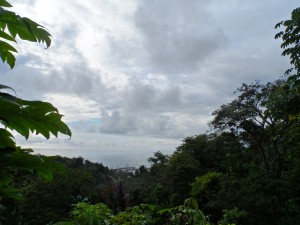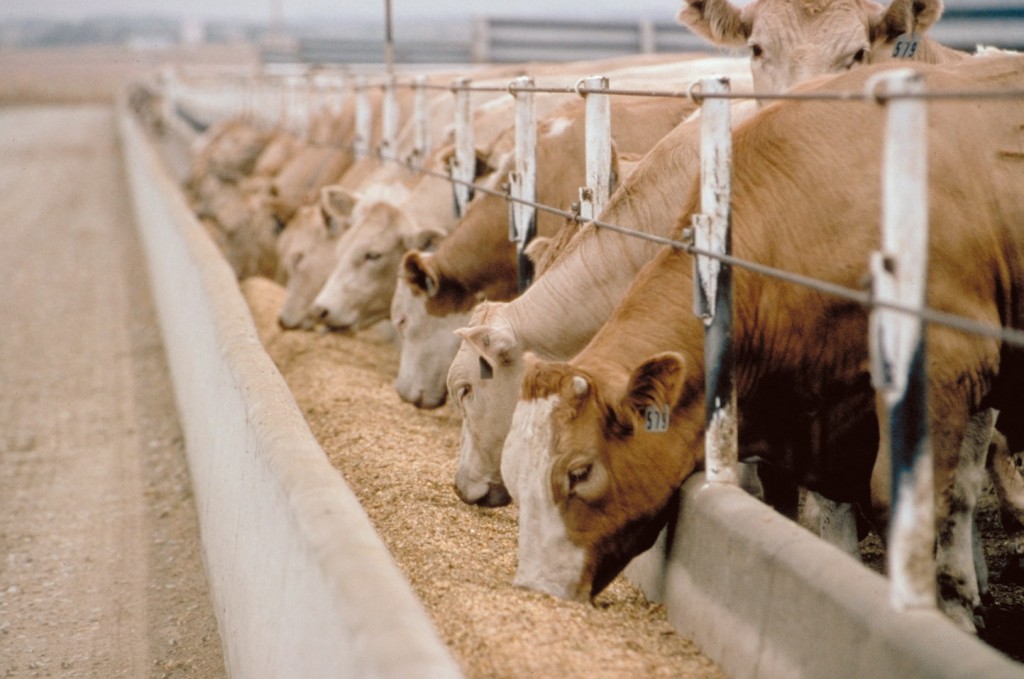Sitting on the cliffs of the Osa Peninsula in Costa Rica, next to the coast of the Pacific Ocean, is a small eco-lodge called Lapa Rios where visitors from around the world can escape from the modern world and find nature again. Nestled on 1000 acres of rainforest, this lodge offers 50 guests an opportunity to not only have fun, but to also lessen their impact on the fragile ecosystem of the rainforest while supporting the local economy. The experience is the epitome of the burgeoning field of ecotourism.
Ecotourism is a growing trend around the world. According to the International Ecotourism Society, the brand of travel has grown 20 percent to 34 percent each year since 1990. Ecotourism is defined by Merriam-Webster Dictionary as “the practice of traveling to beautiful natural places for pleasure in a way that does not damage the environment there.” And yet it has become so much bigger than just the environment. In order to participate in true ecotourism, lodges must take into account how they are affecting the local community. Ecotourism is about being local. Continue reading



